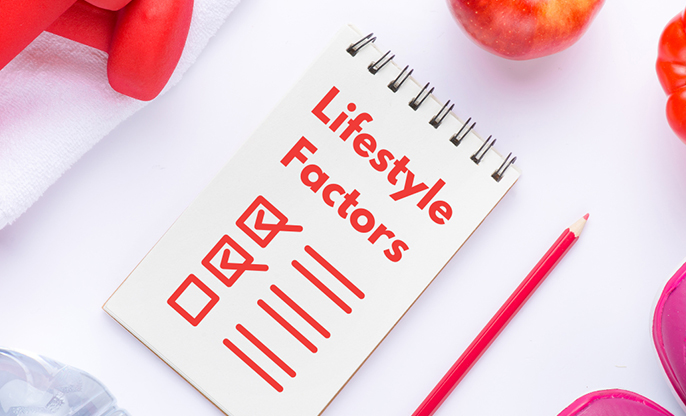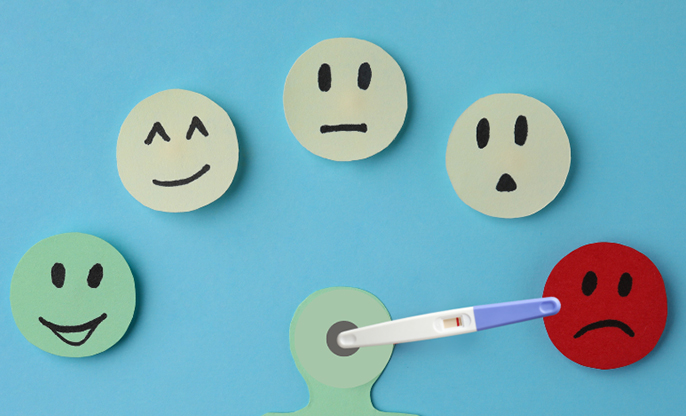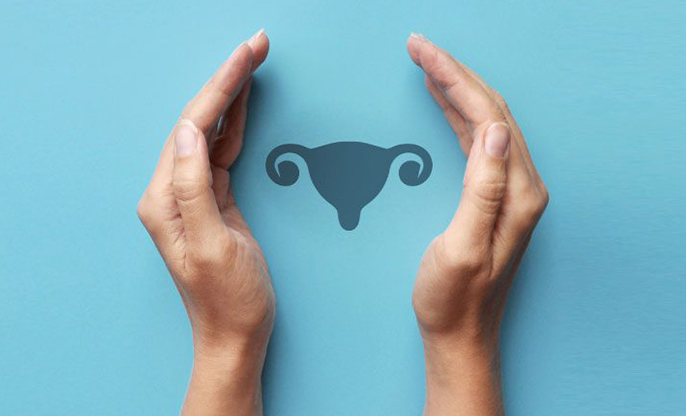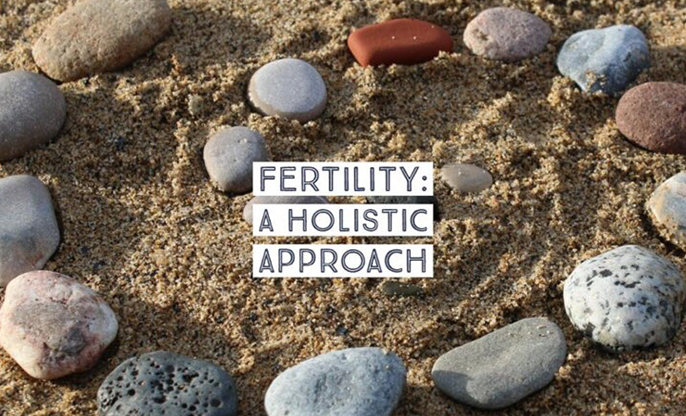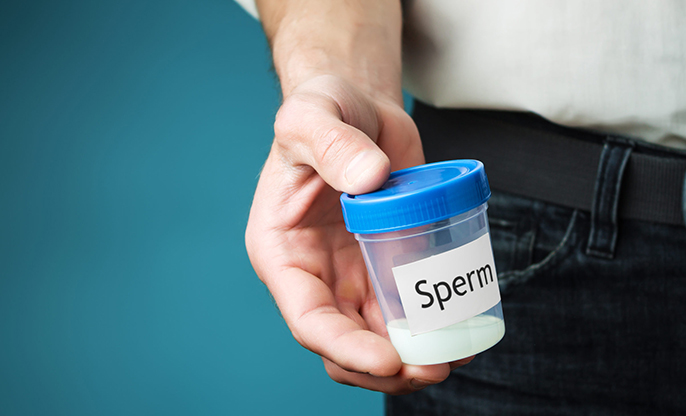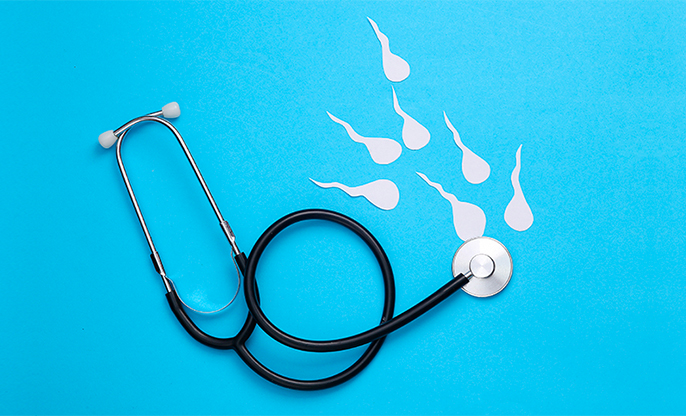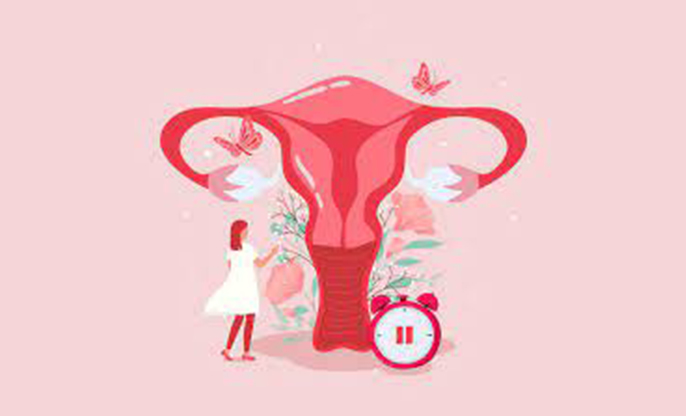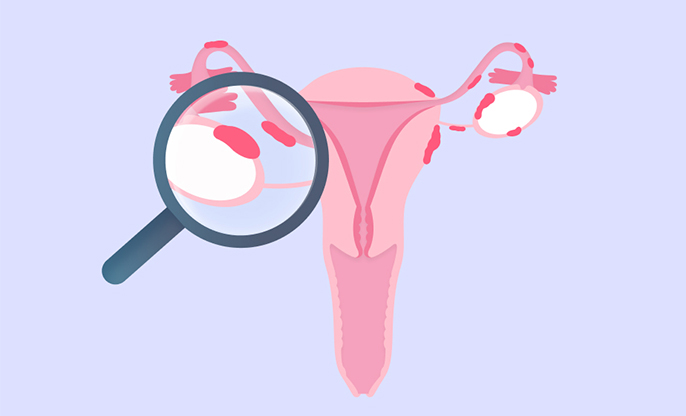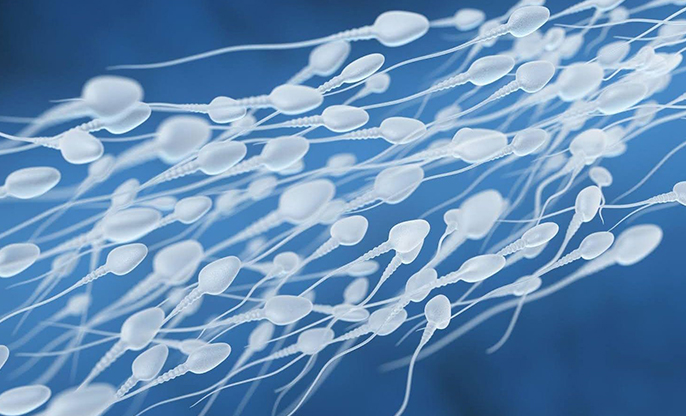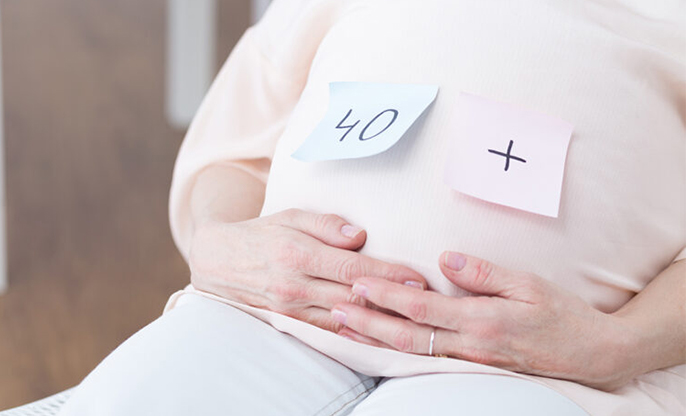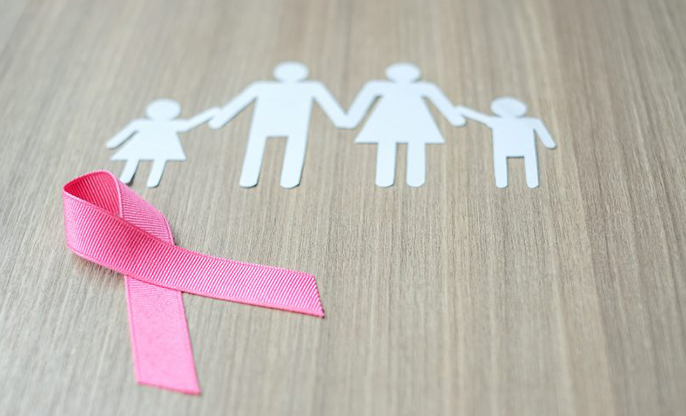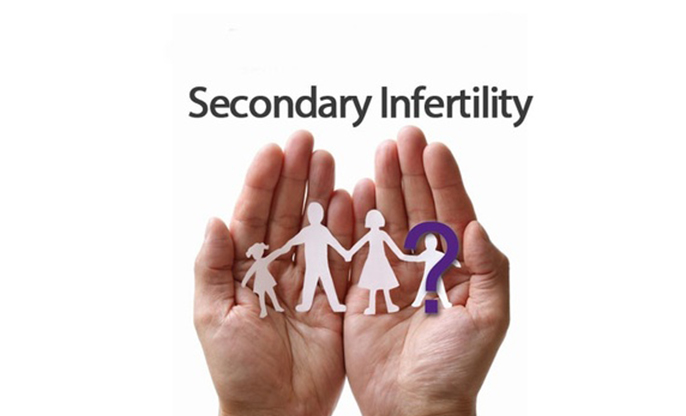
Ovulation is a crucial part of a woman's reproductive cycle, yet it often remains shrouded in mystery. Understanding the intricate processes involved can empower women with knowledge about their bodies and fertility. In this article, we'll demystify ovulation, shedding light on the key components and hormones that drive this essential phase.
The Ovulation Cycle
The menstrual cycle consists of various phases, but today, we'll focus on ovulation—the phase when an egg is released from the ovaries. This typically occurs around the midpoint of a woman's menstrual cycle, roughly 14 days before the next expected period.
Hormones in Action
Ovulation
is a hormonally orchestrated dance that involves several key players:
- Follicle-Stimulating
Hormone (FSH): Early in the menstrual cycle, the brain's pituitary
gland releases FSH. This hormone stimulates the ovaries to prepare an egg
for release.
- Luteinizing Hormone
(LH):
As the cycle progresses, LH levels surge. This hormone triggers the mature
egg's release from its follicle, a process known as ovulation.
- Corpus Luteum: After the egg's
release, the follicle it emerged from transforms into a structure called
the corpus luteum. This structure releases progesterone, which supports
the uterine lining, preparing it for potential pregnancy.
- Oogenesis: Ovulation represents the culmination of oogenesis, a complex process where an immature egg (oogem) matures into a fully developed egg, ready for fertilization.
The Hormonal Symphony
Understanding
why all these events occur boils down to the intricate hormonal interplay in a
woman's body. The menstrual cycle is regulated by a delicate balance of
hormones, primarily estrogen and progesterone.
Here's
how it works:
- Early Follicular
Phase: At the beginning of the menstrual cycle, FSH stimulates the growth
of multiple follicles in the ovaries, each containing an immature egg. As
these follicles grow, they produce estrogen.
- Midcycle Surge: As estrogen levels
rise, they trigger the pituitary gland to release a surge of LH. This LH
surge signals the dominant follicle to release its mature egg. Ovulation
occurs.
- Corpus Luteum and
Progesterone: After ovulation, the ruptured follicle transforms into
the corpus luteum, which secretes progesterone. This hormone thickens the
uterine lining in preparation for potential implantation.
- Potential Pregnancy: If fertilization occurs, the developing embryo signals the corpus luteum to keep producing progesterone. If not, the corpus luteum disintegrates, leading to a drop in progesterone levels and the initiation of menstruation.
Why Hormones Matter?
Hormones are the conductors of this intricate symphony. They dictate when to prepare an egg for release, when to release it, and how to prime the uterus for potential implantation. Understanding this hormonal ballet can help women gain insight into their fertility.
Empowering Knowledge
Knowledge
of ovulation is invaluable for women planning to conceive. Tracking ovulation
can increase the chances of becoming pregnant. Various methods, including
ovulation predictor kits and tracking basal body temperature, can help pinpoint
the fertile window.
However,
understanding ovulation isn't only for those looking to conceive. It can also
be vital for those aiming to prevent pregnancy by knowing their fertile days.
Moreover, irregular ovulation patterns can be a sign of underlying health
issues that may require medical attention.
In conclusion, demystifying ovulation is essential for every woman. Knowing the key phases, hormones, and the intricacies of this process can empower women to make informed decisions about their reproductive health. Whether planning a family or simply seeking to understand one's body better, ovulation knowledge is a valuable asset on the journey of womanhood.


